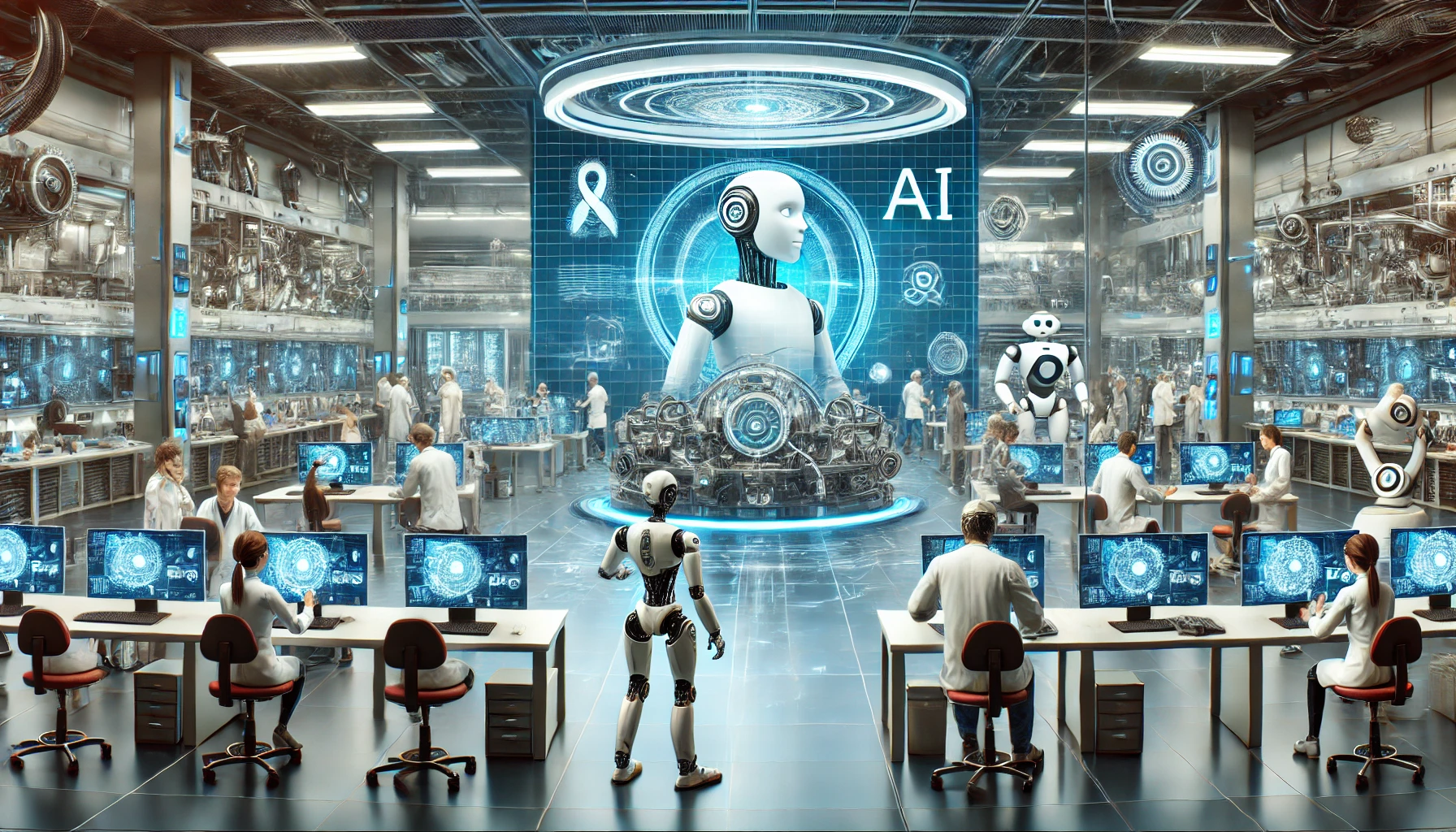The Rise of “AI Slop” in the Digital Movie Landscape
In a surprising twist within the film and tech industries, major movie studios have been quietly raking in revenue from AI-generated content—specifically, low-effort, highly monetizable trailers and videos circulating on YouTube. Termed “AI slop” by critics and analysts, this junk content has flooded streaming platforms like YouTube, generating views, engagement, and, most importantly, advertising revenue. However, this trend may have just hit a wall.
What is “AI Slop” and Why Has It Become So Prevalent?
“AI slop” refers to content created using generative AI models that mimics real trailers, behind-the-scenes glimpses, and previews of upcoming films. These videos often repurpose existing footage or fabricate new, synthetic scenes using deep learning models. The result is a steady stream of low-quality but seemingly authentic videos.
Why studios leveraged AI slop:
- Faster production times – AI can generate these clips in minutes.
- Cost-effectiveness – No need for expensive production teams or sets.
- Search engine optimization – These videos often rank highly due to trends and keywords.
- Audience curiosity – Fans searching for trailers easily stumble upon these AI-generated fakes.
YouTube’s Involvement—and Recent Crackdown
For a while, YouTube quietly allowed this proliferation of AI-generated trailers and pseudo-promotional content. Given the engagement such videos received, the platform had little initial incentive to remove them. However, as complaints from creators, viewers, and even segments of the industry began mounting, YouTube has now taken decisive action.
YouTube’s response includes:
- Implementing stricter content moderation on AI-generated film trailers.
- Requiring clearer labeling of synthetic content.
- Demonetizing known “slop” channels that prioritize quantity over quality and transparency.
This cautious reversal marks a significant development in YouTube’s ongoing quest to maintain content authenticity and rebuild trust with its user base. More importantly, it illustrates the tension between lucrative but ethically murky AI practices and platform accountability.
Movie Studios Profiting Behind the Scenes
Although studios didn’t always overtly claim these AI-generated trailers, many were distributed through third-party channels they either operated or partnered with quietly. These were often under “fan account” names, producing generic or hyper-stylized AI renditions of actual trailers.
The business model was simple:
- Create engaging clickbait thumbnails and titles using AI tools.
- Generate buzz around upcoming films—even those not yet officially teased.
- Monetize views and ad impressions through official studio networks or third-party monetization campaigns.
While this strategy allowed movie studios to generate passive income and drive interest pre-release, it also led to public confusion about what content was official and what wasn’t, diminishing brand trust.
The Ethical Implications of AI-Generated Media
Beyond confusion, critics warn that this growing wave of AI slop undermines the integrity of original creative work. It raises questions such as:
- Where should the line be drawn between creative promotional content and deceptive marketing?
- Should AI content powered by official IPs be disclosed clearly to viewers?
- Are viewers being misled into consuming content they never intended to watch?
Moreover, for legitimate content creators—such as independent critics, analysts, and fan channels—this trend becomes a threat. Their high-quality, researched content is often buried beneath algorithm-favored AI slop designed simply to capture clicks and ad dollars.
What This Means for the Future
The era of AI-generated content is far from over. If anything, we’re entering a phase where automation will play an increasingly central role in entertainment marketing. However, platforms like YouTube signaling a crackdown means that unmoderated exploitation could diminish in favor of more balanced, transparent applications of AI.
Studios may still use AI to:
- Test early visual concepts internally.
- Create alternative localized versions of trailers with dubbing or subtitles.
- Speed up editing and post-production workflows.
But when it comes to public-facing media, the pressure is on to ensure viewers know what they’re watching, and whether it’s authentic or artificially stitched together in the name of convenience and profit.
Final Thoughts: Accountability in the Age of Generative AI
As the digital media landscape continues to evolve, we must collectively ask ourselves how much automation we’re willing to accept in the realm of storytelling and promotion. While AI offers efficiency and scalability, audiences crave authenticity. If studios want to maintain loyalty and trust, transparency in content creation must become part of their strategy—not just a footnote.
With YouTube tightening its policies and public scrutiny intensifying, the days of unchecked AI slop may be nearing an end. The next chapter in entertainment marketing could very well be shaped by how responsibly we deploy the powerful tools we’ve created.



Leave a Reply